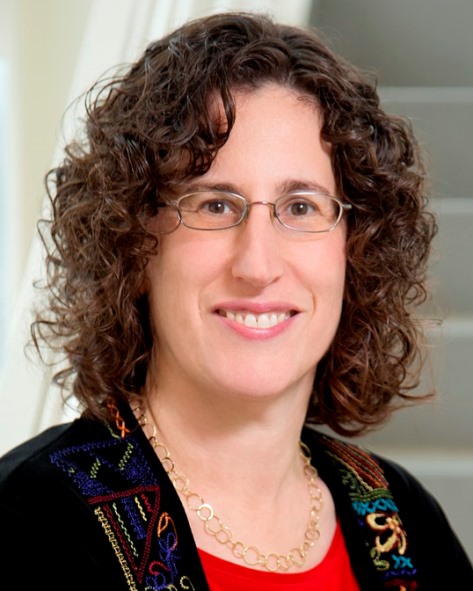

Sharon Hammes-Schiffer

Born May 27, 1966 in Ithaca, New York, USA
John Gamble Kirkwood Professor of Chemistry, Department of Chemistry, Yale University
Email:sharon.hammes-schiffer@yale.edu
WWW: external link
B.A. Princeton University (1988); Ph.D. Stanford University (1993); National Science Foundation CAREER Award (1996); Ralph E. Powe Junior Faculty Enhancement Award, Oak Ridge Associated Universities (1998); Alfred P. Sloan Research Fellowship (1998); Camille Dreyfus Teacher-Scholar Award (1999); National Science Foundation Creativity Extension Award (2003); Alexander M. Cruickshank Lecturer, Gordon Research Conferences (2004); Iota Sigma Pi Agnes Fay Morgan Research Award (2005); International Academy of Quantum Molecular Science Medal (2005); American Chemical Society Akron Section Award (2008); Fellow of American Physical Society (2010); National Institutes of Health MERIT Award (2011); Fellow of American Chemical Society (2011); Member of American Academy of Arts and Sciences (2012); Fellow of American Association for the Advancement of Science (2013); Member of US National Academy of Sciences (2013)
Author of:
Important Contributions:
- Developed a general theory for proton-coupled electron transfer (PCET) that includes the quantum effects of the electrons and transferring protons, as well as the motion of the donor-acceptor and solvent modes.
- Derived analytical rate constant expressions for PCET reactions in solution, proteins, and electrochemistry and applied these methods to molecular electrocatalysts and enzymes.
- Developed nonadiabatic molecular dynamics methods to simulate electron, proton, and PCET reactions in solution and proteins.
- Developed the nuclear-electronic orbital (NEO) approach for incorporating non-Born-Oppenheimer effects into electronic structure calculations by treating specified nuclei quantum mechanically on the same level as the electrons.
- Devised electron-proton density functionals within the context of multicomponent density functional theory.
- Developed hybrid quantum-classical molecular dynamics methods for the simulation of biological processes and utilized these methods to elucidate the roles of hydrogen tunneling, electrostatics, and protein motion in enzyme catalysis.